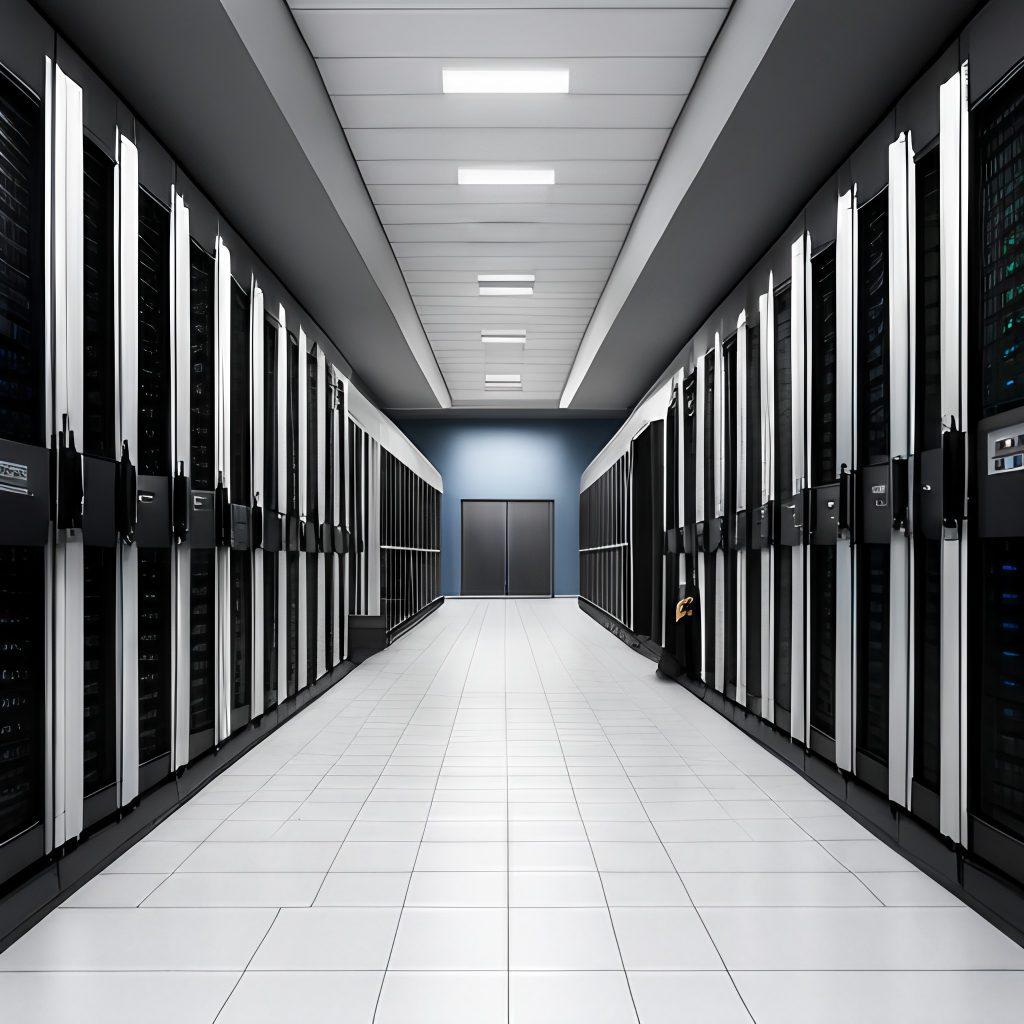How AI Growth Is Fueling Data Center & Power Infrastructure Development

What Real Estate Developers Need to Know
The rapid expansion of artificial intelligence (AI) and quantum computing is creating unprecedented demand for data centers, and along with it, a massive surge in power infrastructure construction.
While some speculated that more efficient AI models, like China-based DeepSeek AI, could reduce computing power needs, industry experts strongly disagree. Instead of slowing demand, more affordable AI models are expected to fuel even greater data center expansion—and that means more real estate development opportunities for data centers, power plants, and supporting infrastructure.
Why AI-Driven Data Center Growth Matters for Developers
📈 Hyperscalers & Tech Giants Are Driving Expansion
• Companies like Amazon, Microsoft, and Meta are aggressively scaling their data center footprints.
• A joint venture between OpenAI, SoftBank, and Oracle is planning a $100 billion AI infrastructure investment—which could grow to $500 billion.
⚡ Power Infrastructure Is Struggling to Keep Up
• From 2014 to 2016, U.S. data centers used 60 terawatt-hours (TWh) of energy.
• By 2023, that number jumped to 176 TWh—4.4% of total U.S. electricity consumption.
• By 2028, energy consumption could reach up to 580 TWh.
🚀 New Development Strategies Are Emerging
• Developers are building power plants next to data centers to secure stable energy supply.
• Tech giants are self-funding energy projects, combining gas, solar, and battery storage with data center campuses.
The New Reality: Data Centers Are Driving Power Construction
Ryan Wobbrock, VP at Moody’s Ratings, explains:
“Every time a company makes a public statement, they increase their capital budget, and a lot of that is tied to data center growth.”
What This Means for Developers & Investors
✅ More Data Center Demand = More Construction Opportunities
• Developers should track power-hungry metros like Northern Virginia, Phoenix, Dallas, and Columbus—key markets for new data center construction.
✅ Local Power Grids Are Being Upgraded
• Substations are being built specifically for data centers.
• Stability upgrades for existing power grids are being subsidized by data center companies.
✅ Older Power Plants Are Being Enhanced Instead of Retired
• Developers are seeing retrofit and redevelopment opportunities in older energy infrastructure.
• Companies are fast-tracking local grid upgrades to support new AI workloads.
Michael Byrne, VP at Linesight, points out:
“New power projects still can’t keep up with data center expansion, so older plants are being upgraded instead of decommissioned.”
Challenges Facing Developers in Data Center & Power Construction
Despite the massive demand for new development, challenges remain:
1️⃣ Limited Power Supply & Rising Costs
• The U.S. power grid was not designed for this level of demand growth.
• Interconnection costs for substations are skyrocketing, jumping from $20M–$40M to hundreds of millions, or even over $1B per project.
• Developers must factor in longer lead times for securing power contracts.
🔹 Theodore Paradise, Chief Policy & Grid Strategy Officer at CTC Global:
“The transmission system is the existential piece to whether you can add additional supply.”
2️⃣ Developers Are Proceeding Without Fully Secured Power Contracts
• Some developers are taking the risk of starting data center construction before finalizing power contracts.
• Whether this gamble pays off depends on location and how well the project aligns with local power planning.
Mitchell Osborne, Director of MEP at Adolfson & Peterson Construction, explains:
“For smaller expansions, power gaps exist due to permitting delays. But hyperscalers are much better at pre-planning their power needs before real estate procurement.”
3️⃣ Skilled Labor Shortages Are Slowing Projects
• As more data centers break ground, competition for skilled labor is intensifying.
• Developers are now competing for both contracts and the workforce needed to execute them.
🔹 Osborne warns:
“The number of experienced teams that have completed successful data center projects is becoming a competition in itself.”
How Developers Can Capitalize on This Growth
🚀 1. Target Markets with High Data Center Demand
• Northern Virginia, Phoenix, Dallas, Columbus, Atlanta, and Salt Lake City are among the top AI data center expansion hubs.
• Look for secondary markets where power availability is stronger and construction costs are lower.
⚡ 2. Explore Energy Development Partnerships
• Co-develop power solutions alongside data center projects to address interconnection delays.
• Partner with utility companies, independent power producers, and grid-scale battery storage firms.
🏗️ 3. Leverage Retrofit & Adaptive Reuse Opportunities
• Older power plants and industrial sites are prime targets for adaptive reuse in AI-driven development.
• Evaluate sites that offer existing power infrastructure with upgrade potential.
💰 4. Secure Funding Early & Plan for Longer Timelines
• Expect higher interconnection costs and longer permitting delays when planning projects.
• Align with federal incentives and state-level funding opportunities to reduce capital expenditures.
Looking Ahead: The Future of AI-Driven Development
🏛️ Federal & State Governments Are Taking Action
• The Trump administration recently issued an executive order declaring an energy emergency, aiming to fast-track new power generation and transmission construction.
🔋 Nuclear Energy Is Gaining Interest
• Microsoft is actively exploring nuclear energy solutions for data centers.
• While still years away, small modular reactors (SMRs) could become a key energy source for hyperscaler campuses.
Byron Sarhangian, Partner at Snell & Wilmer, emphasizes:
“We’re in a race with China on AI and quantum computing. It’s like the space race—you can’t afford to slow down.”
Final Thoughts: A Massive Opportunity for Real Estate Developers
The explosive growth of AI-driven data centers is reshaping real estate development. Power infrastructure is now just as critical as site selection.
✔️ Developers who align with energy providers will have a strategic advantage.
✔️ Retrofitting older power assets could unlock high-value opportunities.
✔️ Planning ahead for interconnection costs and grid delays is key to executing projects successfully.
📊 Stay ahead of AI-driven real estate trends at www.dkaufmandevelopment.com.
#RealEstateDevelopment #DataCenters #CRE #AIInfrastructure #PowerConstruction #MultifamilyDevelopment #EnergyInvestment #TechGrowth
Comments
Post a Comment